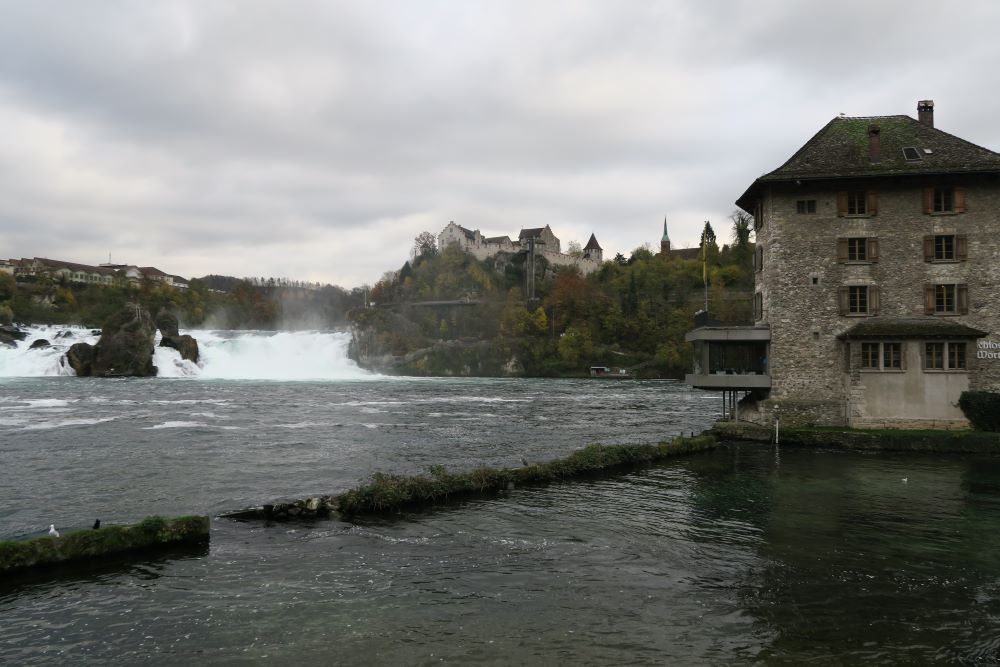There are twelve-panel paintings depicting the legend of the holy Verena (about 250 AD – 4th century) in the Verena church (Verenamünster) in Bad Zurzach. The paintings by Kaspar Letter (1608-1663) date from the 17th century. Verena is the patron saint of the poor, millers, fishermen and sailors.
She was born in the Egyptian city of Thebes. She joined the Theban legion and moved north with the soldiers. Mauritius was the commander of this legion and her fiancée.
The Legion became the victim of the persecution of Christians in Wallis. The abbey of St. Mauritius, founded in 516, is dedicated to this event.

Verena buried the martyrs and lived in a cave near the town of Solothurn (Salodurum in Latin). She moved to Bad Zurzach (Tenedo in Latin) soon afterwards.
She took care of the poor and the sick. She was later canonized. Her attributes are comb and jug.
(Source and further information: St. Verena Stiftung Bad Zurzach, www.st-verena.ch).







